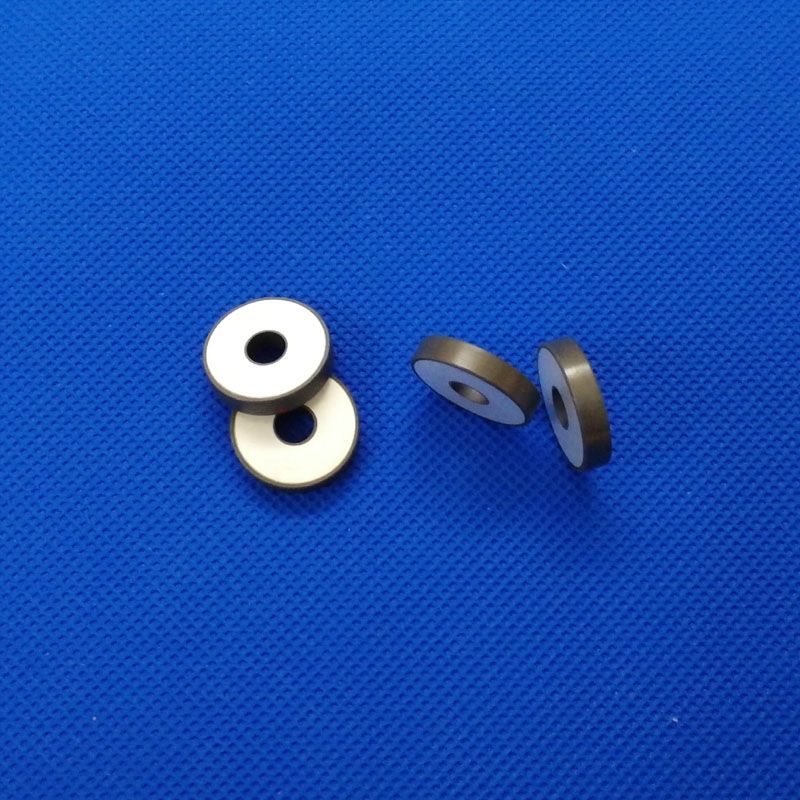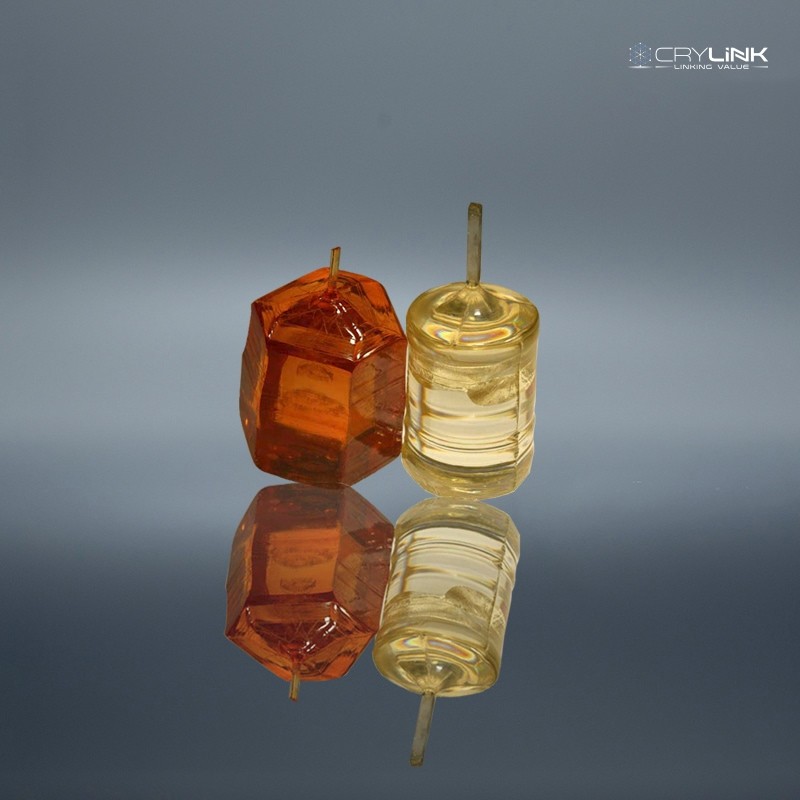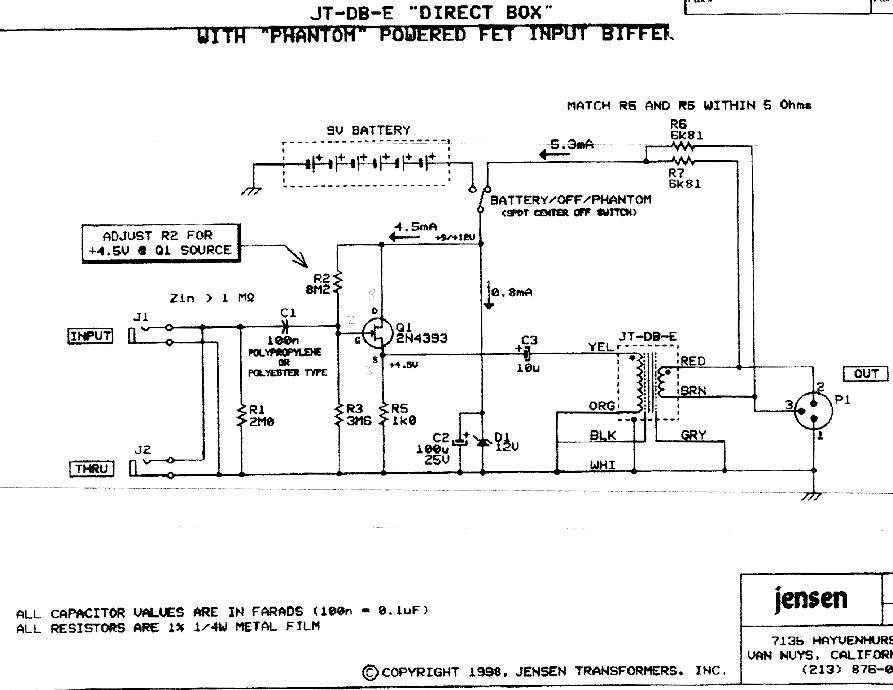

Inorganic ceramic PMs offer advantages over single crystals, including ease of fabrication into a variety of shapes and sizes not constrained crystallographic directions. Semiconducting PMs offer features such as compatibility with integrated circuits and semiconductor devices. Gallium nitride and zinc oxide can also be regarded as a ceramic due to their relatively wide band gaps. The most commonly produced piezoelectric ceramics are lead zirconate titanate (PZT), barium titanate, and lead titanate. Piezoelectric materials (PMs) can be broadly classified as either crystalline, ceramic, or polymeric. Also, as a personal preference I'd attach the Arduino end of the ground wire to a pin next to the +5 instead of to the ground next to Aref.This page lists properties of several commonly used piezoelectric materials. Also is your comparator output connected into digital pin 8 on the Uno? It looks more like 9 or 10 in the photo. Although I can't see if the 220KΩ resistor goes to +5 or to pin 1. If they aren't working, substitute for the LM358.
#Piezo crystal op amp generator
Perhaps try substituting a different piezo element, or a signal generator if you have one, or a low voltage from a pot varied up and down, to generate a signal into your op amp and comparator stages to see if they are working. Looking at your circuit photo, the wiring looks ok. The presence or absence of that capacitor probably isn't the problem with your circuit. A smaller coupling capacitor is suitable for higher frequency inputs, and a larger one for lower frequencies. It's likely that any capacitor from 0.05 μf up to 0.5 μf will work just as well there. This will block any DC voltage coming out of the piezo from going into the op amp input. The last diagram in the blog, an “updated circuit diagram showing the refinements for reducing the gain to avoid op-amp output lockup, and DC decoupler on the input”, also shows an 0.1 μf capacitor connected between the piezo node and the first op amp input. It is ok to add an 0.1 μf capacitor in parallel (that is, in addition to, and connected to the same busses) to the 10μf if you want to suppress some noise as well. This is a reasonable thing to do, to avoid power supply glitching on that board. The Fritzing diagram in the high-sensitivity-vibration-sensor at shows a 10μf capacitor connected from +5V to ground on the breadboard. The blog post mentions a 0.1uf capacitor in the hand-drawn sketch but the Fritzing diagram shows a 10uf capacitor. Serial.println("I don't feel anything.") If(digitalRead(VIBRATION_DIGITAL_IN_PIN)=HIGH) Here is a link to the post including the Fritzing diagram.Īnd the Sketch. Will switching out the 10uf for a 0.1uf capacitor test potentially damage the Arduino? Is this the cause of the +-state of the piezo? Do I just have a wiring flaw?

I see from the blog that if the piezo get stuck on a state to lower the feedback resistor of the op-amp from 220k to 160k but again, there is never a case where it is working then get struck in state.
#Piezo crystal op amp serial
There is no state where-if all is quiet-the piezo is quite and if there is a vibration the piezo senses it and reports to the serial monitor. The piezo is either giving a positive (sensing) reading or giving a negative (not sensing) reading depending on where the poteniometer is set. I am a NOOB with respect to circuits and unable to understand why my circuit is not working.

I am not trying to trigger a buzzer only print to the serial monitor whether the vibration was detected or not.

I am trying to amplify a piezo sensor per the instructions found at the link below.


 0 kommentar(er)
0 kommentar(er)
